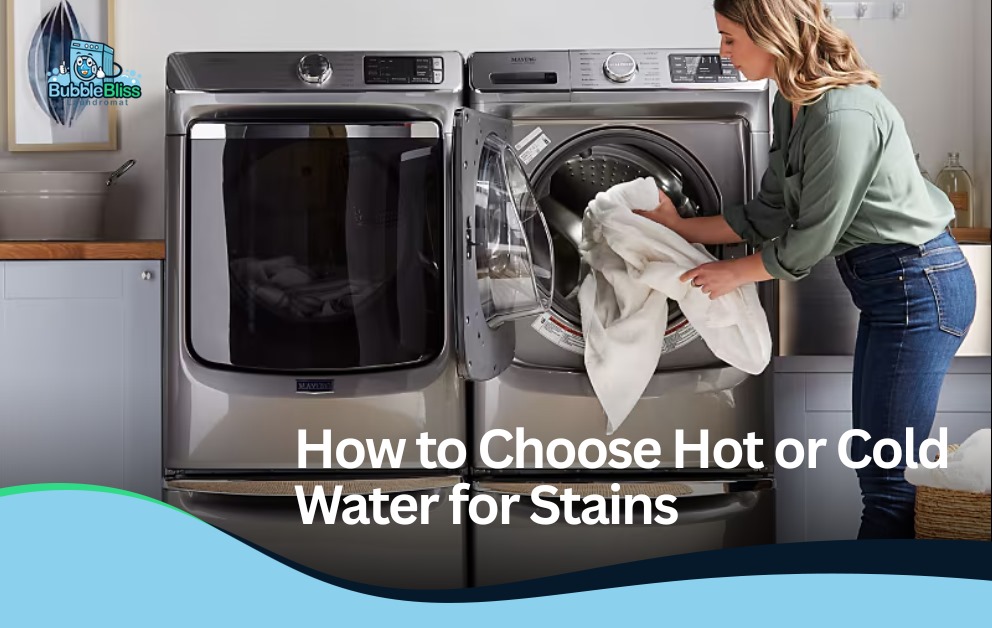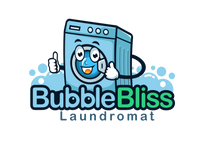“Stains don’t ask questions. They just show up uninvited.”
Have you ever spilled coffee on your white shirt and stood there frozen, wondering, “Should I wash this with hot or cold water?” Well, you’re not alone.
Most of us have asked that same question at least once while hovering over the laundry machine like it holds life’s secrets. Choosing the right water temperature can be the difference between saving your favorite tee or making peace with a permanent stain. Ever wondered if you should use hot or cold water to remove stains? Let’s unpack it.
Does water temperature really make a difference when tackling stains?
It turns out, your choice of water temperature isn’t just a minor detail — it’s often the main character in your stain removal success story. The science behind hot or cold water to remove stains depends on what caused the mess in the first place. For example, protein-based stains, like blood or sweat? They act like shy guests — they sink in deeper when exposed to heat. Greasy, oily stains? They need some warmth to break down.
Knowing the temperature for stain removal helps you act fast and effectively. It’s also about fabric care. Some delicate clothes can’t handle heat, while others don’t get truly clean without it. So understanding how to treat stains with water isn’t just a chore — it’s part laundry hack, part rescue mission.
When to Use Cold Water
Cold water is the go-to for many types of fresh stains, especially when you’re not sure what caused them. Think of cold water stain treatment as your universal first aid for laundry emergencies. It’s especially helpful for blood, dairy, sweat, and other protein-based spills. Heating those too early can cook them right into the fabric.
Cold water for protein stains helps keep fabric fibers loose and prevents the stain from setting in deeply. It also protects your clothes, particularly when you’re working with colors or delicate materials. Not sure whether to use hot or cold water for blood stains? Always choose cold. The lower temperature prevents the proteins from bonding with the fabric.
Knowing when to use hot or cold water to remove stains can make all the difference in preserving your clothes.
And here’s a bonus: cold washes are more energy-efficient, making them a smart choice if you’re also thinking about utility bills.
When to Use Hot Water
Hot water brings the heat — literally — and it works best on oily, greasy, or synthetic stains. It’s especially effective when tackling kitchen messes, sweat on durable fabrics, or anything sticky that needs to break down at a molecular level. Understanding when to use hot or cold water to remove stains helps you target these tough messes effectively. In these cases, removing stains with hot water helps loosen particles and flush them out.
For older or stubborn stains, hot water may help reactivate dried residue so it can lift off. The best water temperature for stains like sauce, butter, or makeup is often warm to hot, provided your fabric can take it. Before using hot water, take a moment to read the care label.
This method pairs perfectly with stronger detergents and treatments. Just don’t go too hot on delicate fabrics — they might shrink or lose color.
How to Remove Oil-Based Stains
Oil-based stains are their own special beast. Whether it’s cooking oil, salad dressing, or lipstick, they can be sticky, stubborn, and sneaky. Choosing hot or cold water to remove stains in this category requires a little help from your laundry arsenal.
Let’s break down the options:
Oxygen Bleach
Gentler than chlorine bleach but still powerful, oxygen bleach lifts oil without ruining your fabrics. Combine it with the right water temperature for washing stains. Usually warm or hot, for maximum effectiveness. Oxygen bleach is color-safe, which is why it’s a go-to in today’s laundry routines.
Dishwashing Soap
This isn’t just for your sink. Just a few drops of grease-cutting dish soap can do the trick on oily stains. Rub it in gently before you toss the item into a warm wash cycle. It’s one of the easiest laundry tips for stain removal and often the most effective.
Solvent-Based Cleaners
These are made to dissolve tough oils and cosmetic residues. Ideal for lipstick, foundation, or paint stains. Pair with hot water if the fabric allows it, and watch the grime melt away.
Still wondering about hot vs cold water laundry for these cases? Hot usually wins — just always spot test first.
Have laundry or dry cleaning to do?
Stop wasting time scrubbing collars or soaking jeans in your bathroom sink. Let Bubble Bliss Laundromat handle it.
We specialize in stain rescue, from whites to delicates, silks to denims. Got questions about fabric care stain advice, or need help with water temperature settings? We’re excited to provide genuine advice, straightforward and without any unnecessary fuss.
Bring your pile in and leave with fresh, clean, confidently stain-free clothes.
Experience Effortless Stain Removal with Bubble Bliss Laundromat
Let’s be real — sometimes, no matter how many laundry hacks you try, that stain refuses to budge. That’s where we come in.
At Bubble Bliss Laundromat, stain removal isn’t guesswork — it’s what we do. Our trained professionals understand how different fabrics react to temperature, pressure, and treatment. Whether it’s baby food, curry, grass, or ink, we tailor the approach to get the best results — gently and thoroughly.
We don’t just wash clothes. We treat each item like it belongs in your “favorites” drawer.
Tying Up
So, next time you’re faced with a ketchup blob or a mysterious spot on your favorite tee, don’t panic. The real question isn’t whether to toss it or try vinegar. The question is: hot or cold water to remove stains?
For protein stains and recent spills, cold water typically works best. Use hot water to remove grease, oil, and older, stubborn stains. Knowing the best water temperature for stains can seriously upgrade your laundry game.
Stains happen. However, with the right approach and just a bit of temperature wisdom, your clothes don’t have to suffer for it.


